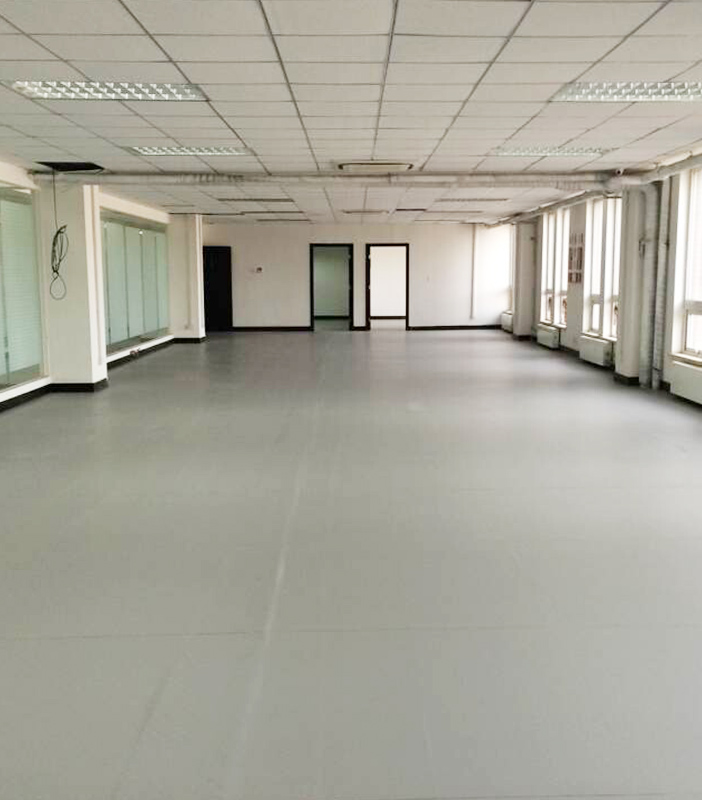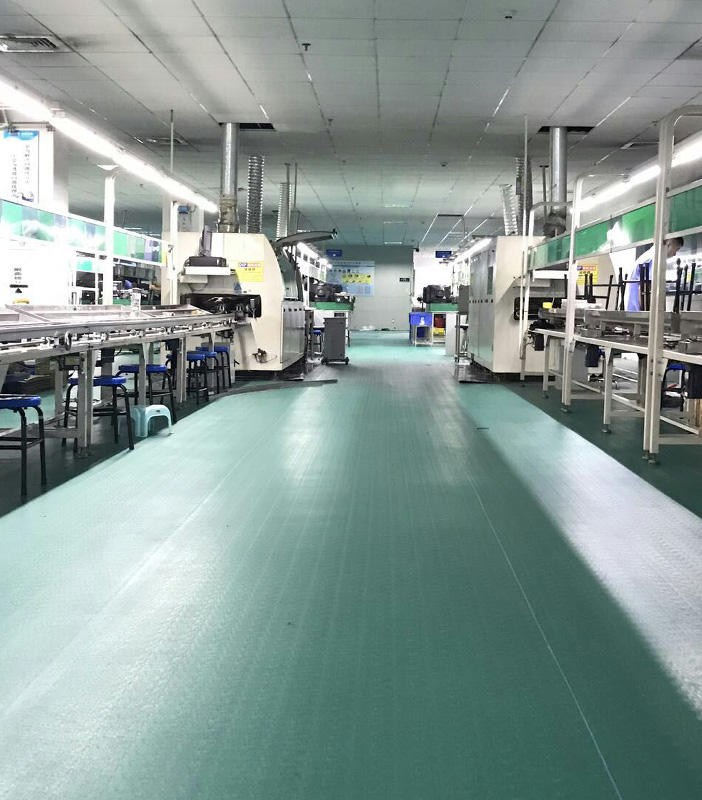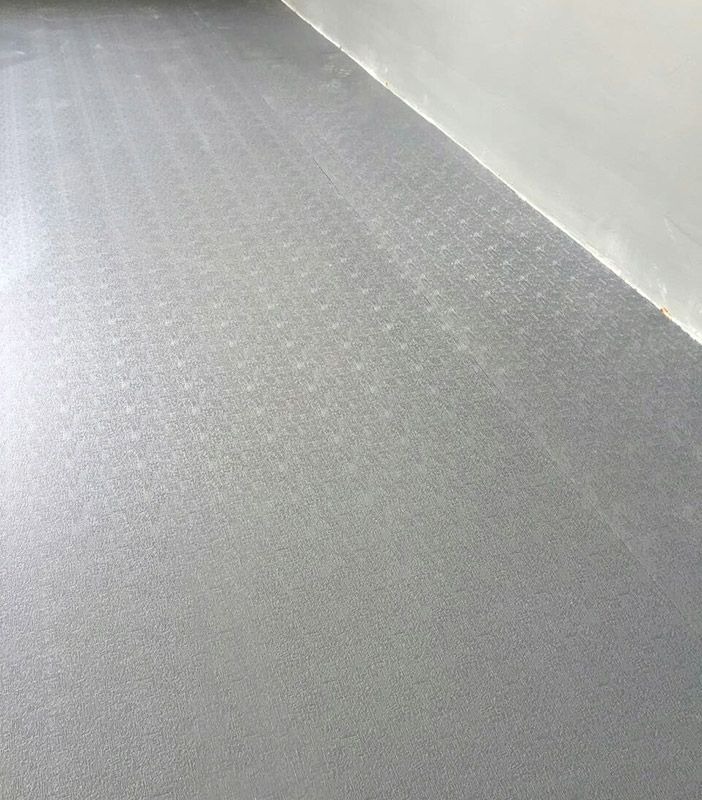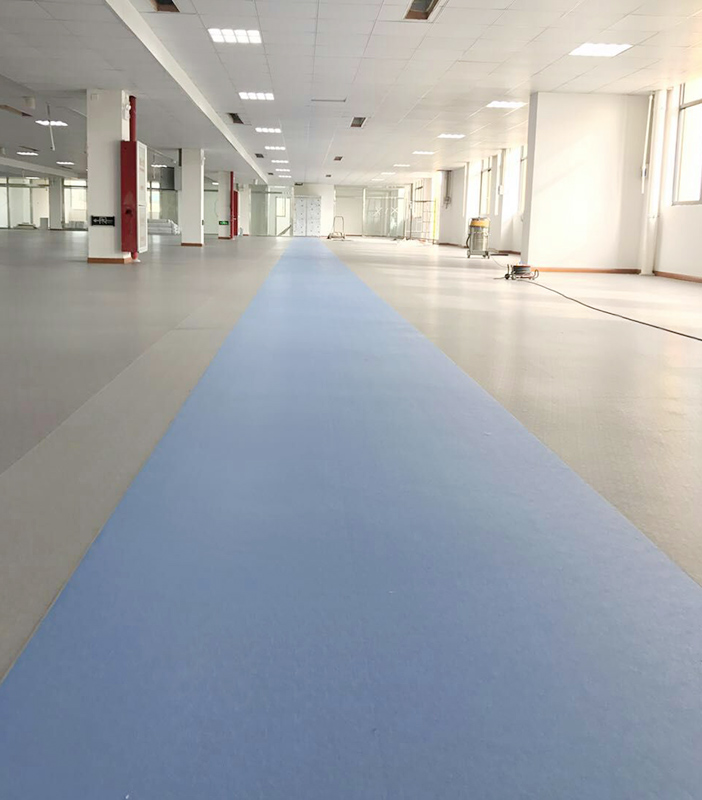ESD Anti Static Table Mats Exporter Wholesaler in China
In the world of electronics, maintaining a controlled and safe environment is essential. Anti-static table mats are a critical component in this regard, offering protection against electrostatic discharge (ESD), which can damage sensitive electronic components.
Anti-static table mats are designed with a specific structure to dissipate static electricity effectively. The typical structure consists of three layers:
Top Layer: The top layer is usually made of static-dissipative materials such as vinyl or rubber. This layer is designed to safely dissipate static electricity generated by the movement of people or objects across the mat. It provides a smooth, durable working surface that is resistant to scratches and cuts.
Middle Layer: The middle layer, often composed of conductive materials, serves as the primary pathway for static electricity to travel to the ground. This layer ensures that any static charge collected on the top layer is efficiently conducted away from sensitive electronic components.
Bottom Layer: The bottom layer is typically made from a durable material that provides grip and stability. It ensures that the mat stays in place during use, preventing any slips or movement that could disrupt work.
Additionally, anti-static table mats are equipped with grounding cords and snaps. The grounding cord connects the mat to a common grounding point, ensuring that static electricity is safely dissipated to the earth.
Protection of Electronic Components: Anti-static table mats play a crucial role in protecting sensitive electronic components from ESD. Even minor static discharges can damage or destroy delicate components, leading to costly repairs and replacements. These mats provide a controlled environment that limits the risk of ESD damage.
Enhanced Safety for Personnel: By preventing the buildup of static electricity, anti-static mats also enhance the safety of personnel. Static shocks, while usually harmless, can be unpleasant and distracting. In some cases, they can also pose a risk in environments with flammable materials.
Improved Product Quality: In manufacturing and repair environments, maintaining high product quality is vital. ESD damage can result in defects that affect the performance and reliability of the final product. Using anti-static table mats helps ensure that products are assembled and repaired without the risk of ESD-related defects.
Compliance with Industry Standards: Many industries, including electronics manufacturing, have stringent standards for ESD protection. Anti-static table mats help organizations comply with these standards, reducing the risk of non-compliance penalties and ensuring operational integrity.
To get the benefits of anti-static table mats, proper use and maintenance are essential. Here are some key practices:
Grounding: Ensure that the mat is properly grounded. This involves connecting the mat to a common grounding point using the provided grounding cord. Proper grounding is critical for effective static dissipation.
Regular Cleaning: Dust and other contaminants can reduce the effectiveness of the mat. Regular cleaning with appropriate ESD-safe cleaning solutions helps maintain the mat’s conductive properties.
Periodic Testing: Over time, the material properties of anti-static mats may degrade. Regular testing with an ESD tester ensures that the mat continues to perform effectively. Replace mats that no longer meet the required standards.
Use of Additional ESD Tools: Combining the use of anti-static mats with other ESD protection tools, such as wrist straps and anti-static bags, provides comprehensive protection. This layered approach limits the risk of static damage during all stages of handling and assembly.
Anti-static table mats are an essential tool in the electronics industry, providing critical protection against electrostatic discharge. Their structured design ensures the effective dissipation of static electricity, safeguarding sensitive electronic components and enhancing workplace safety.

 简体中文
简体中文 English
English España
España Deutsch
Deutsch




